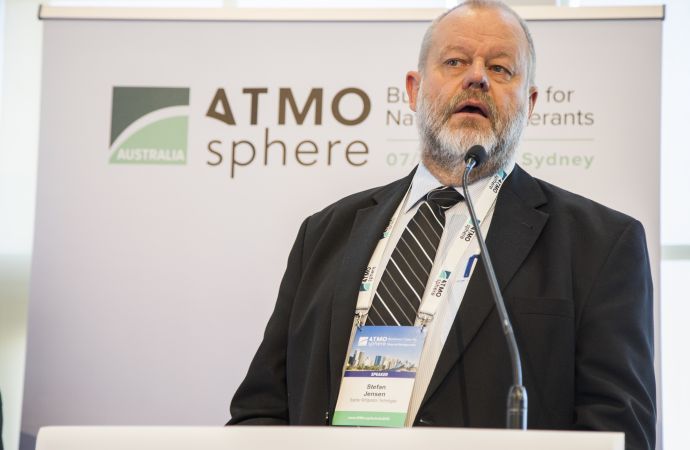The countries, with UNEP and UNIDO, are continuing their work in the second round of PRAHA (Promoting low global-warming-potential refrigerants for air-conditioning sectors in high-ambient-temperature countries).

This year the United Nations-managed PRAHA program (Promoting low global-warming-potential refrigerants for air-conditioning sectors in high-ambient-temperature countries) will continue with a second round of research aimed at finding a solution for high-ambient temperatures where air-conditioning is a necessity.
“The Gulf countries use 15% of global air conditioning, making a significant contribution to global CO2 emissions,” said Ole Nielsen, Chief of UNIDO’s (United Nation Industrial Development Organization) Montreal Protocol Division, commenting on the initiative.
PRAHA II, funded by the Multilateral Fund (set up for the Montreal Protocol’s CFC and HCFC phase-out), will now be extended to include more countries, including Egypt, Pakistan, Tunisia, and Vietnam, with UNEP (United Nations Environment Programme) and UNIDO still responsible for managing the implementation.
The Gulf countries use 15% of global air conditioning, making a significant contribution to global CO2 emissions."
- Ole Nielsen, Chief of UNIDO’s Montreal Protocol Division
It will perform risk assessment for high-ambient-temperature countries that need air-conditioning.
The PRAHA project aims primarily to solve the vicious circle inherent in air conditioning: By cooling ourselves down, we heat up the earth.
“By building prototypes and testing various alternatives, it became clear that a full product redesign would be necessary, and the appropriate components would need to be developed and made commercially available,” said Nielsen. “International conferences and study tours in China and Japan educated participants about alternative technologies.”
PRAHA II will also focus on optimising the PRAHA I prototypes, design and capacity building of OEMs (original equipment manufacturers).
Related stories



